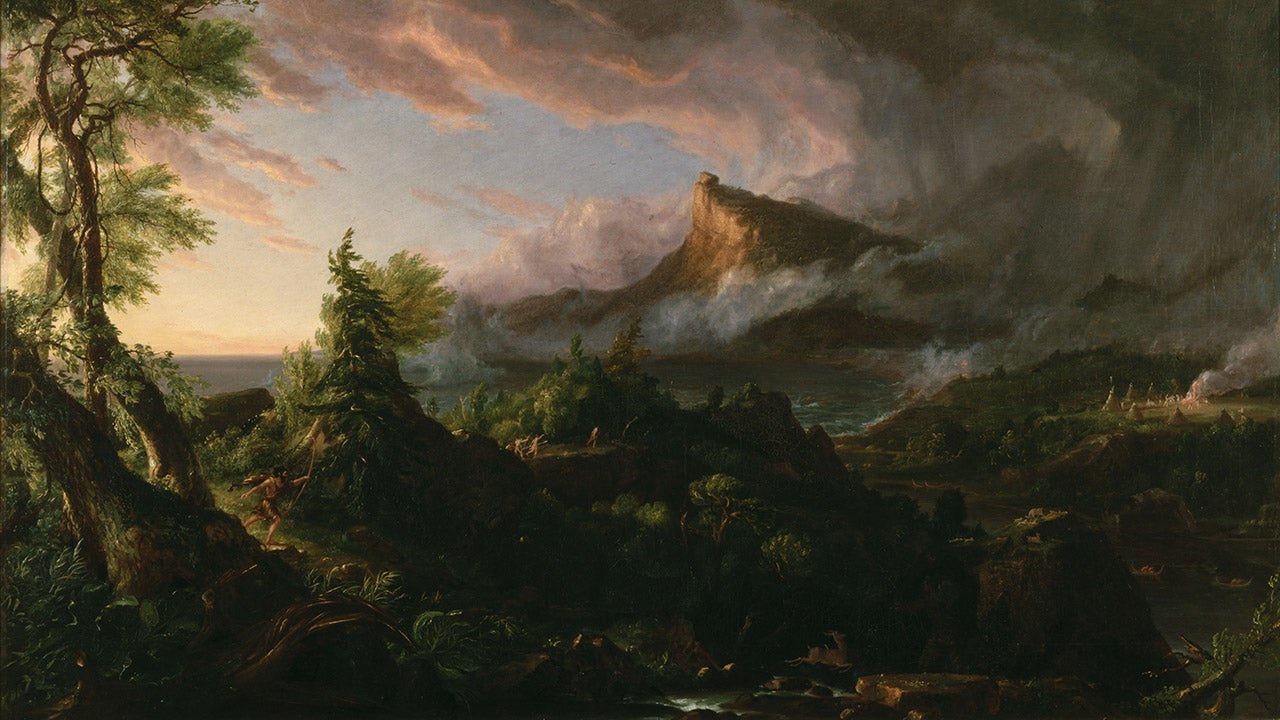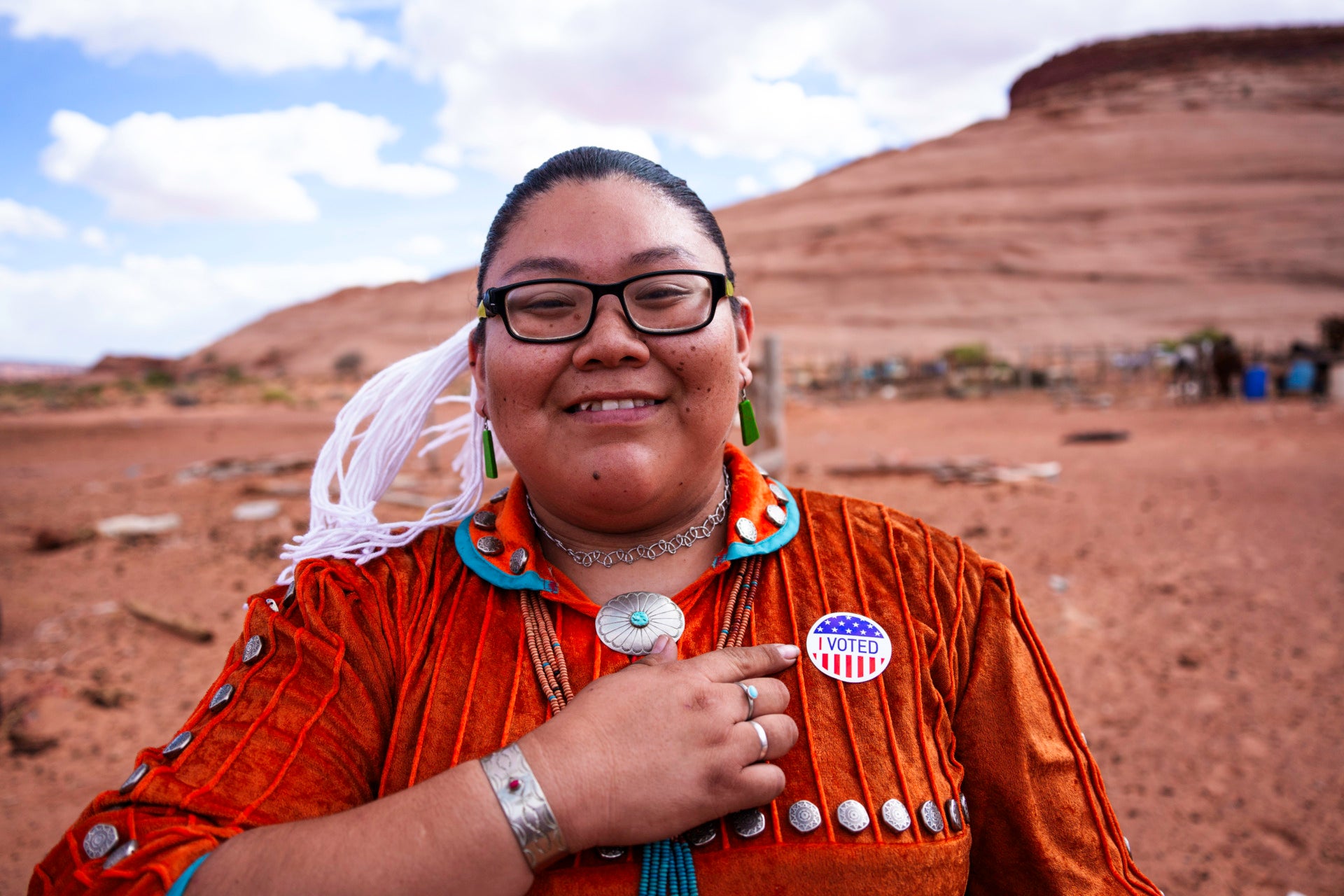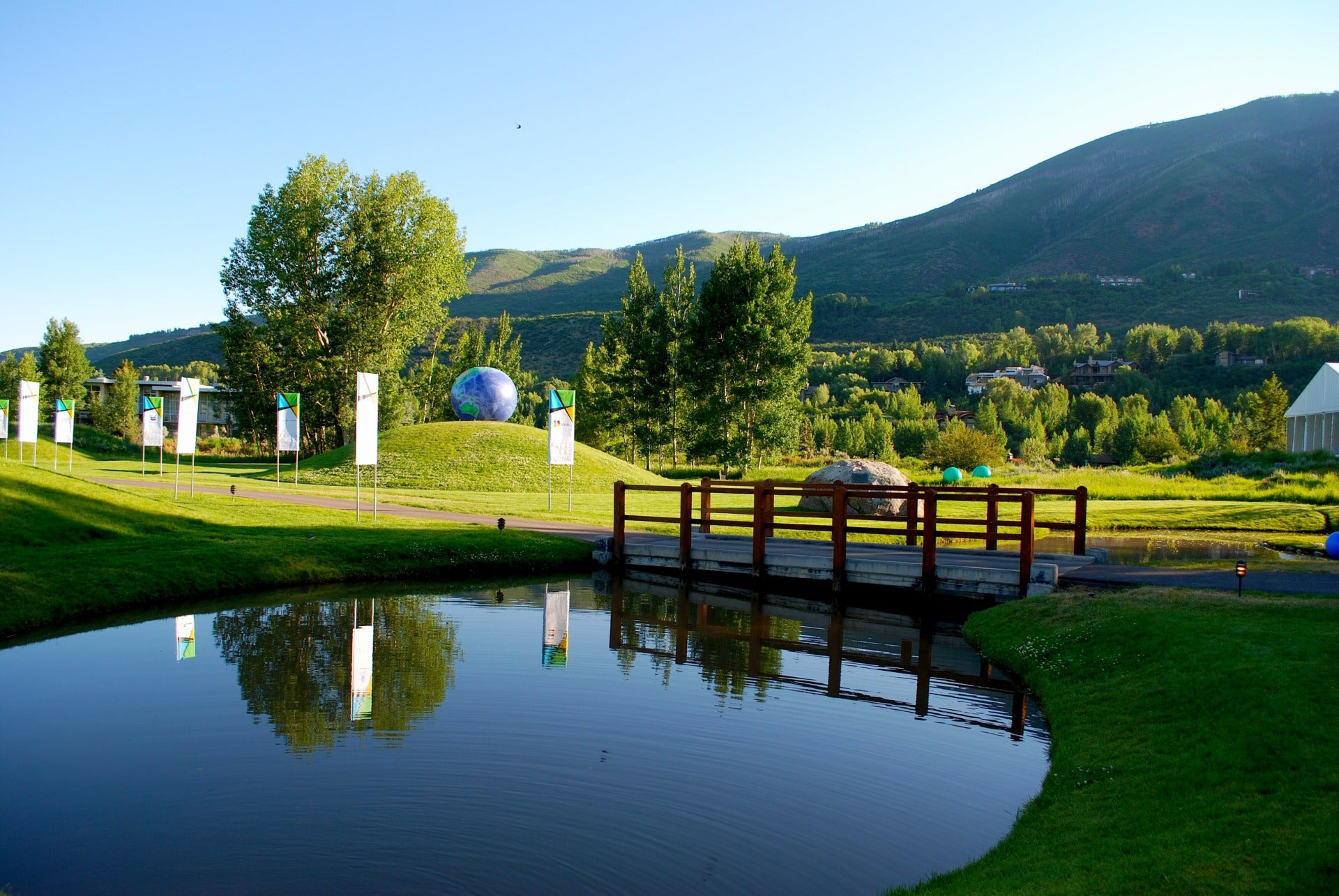The transformational power of memorials to shift hearts and minds, to ignite imagination, and promote healing is especially important at this moment in our nation’s history. That’s the mindset of Michael Murphy, an architect and activist who spoke with Aspen Institute Arts Program Executive Director Erika Mallin in a far-ranging conversation on public memorials hosted by the Washington Ideas Roundtable Series.
“The built environment, it’s not neutral,” said Murphy, co-founder and executive director of MASS Design Group. “Every decision, it either helps or it hurts, there’s no neutrality in it.” MASS, an award-winning architecture and design collaborative, has a track record of tackling issues connected to justice and human dignity.
Not every public memorial is designed to transform or heal. Many of the statues raised to commemorate the Confederacy, for instance, were built long after the Civil War as part of a targeted effort to impede the emerging civil rights movement. The placement of massive neo-classical and Beaux-Arts statues of Confederate leaders is “an active production of diluting history, to change the narrative through the use of memorials,” Murphy said. “Design can be either an agent of empowerment or liberty, but it can also be an agent of power and reinforcing systems of power.”
It is this awareness of memorials’ ability to spark societal change that informed MASS’ proposal for a planned national Holocaust memorial in the United Kingdom. Central to the design, he said, is a question: “What it would take to produce something that had never been memorialized in this country but in a way that forces us to act?”
The proposal envisions making real the abstract notion of the six million Jews killed with six million individual stones, one stone for each soul lost to the Nazis. Faced with this physical representation, the memorial would invite visitors to take a stone and make a pledge to try to prevent future injustice. When the stones were all gone, the result would be that “six million individual choices [would] have been made to fight intolerance, to commit to the memory of an individual,” Murphy said. “The way in which we collectively need to spatialize loss as a public as part of our act of mourning is part of like giving truth to pain.”
This expression of mourning anchors MASS’ new proposed design for a memorial for victims of gun violence. The project’s goal is to shift the narrative around gun violence in America, a narrative which Murphy called ineffective so far. He hopes to turn the national conversation to “begin with the individual humanity of each of these victims and the family members themselves who are suffering their own form of trauma and isolation in our country.”
The memorial would start with a call to action, asking surviving family members to engage with the project by contributing one artifact belonging to each victim, an item which would then be cast inside a translucent glass brick.
These bricks would eventually build a series of glass houses, providing a “space for a discussion around the complexity of gun violence,” said Murphy. The connection between individual loss and that larger pattern of gun deaths would be visually forged by the connection between each single, highly-individual brick and the larger glass structure, bringing a new perspective and deeper understanding to the gun violence issue. “One brick is as powerful as the stacking of those bricks into a collective home,” he said.


